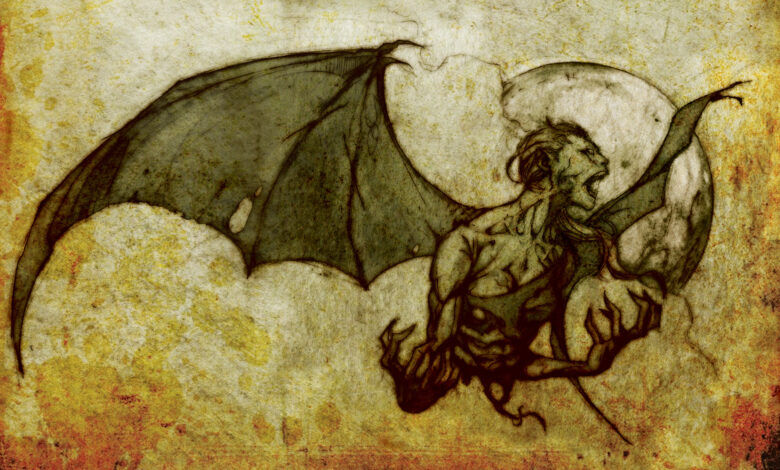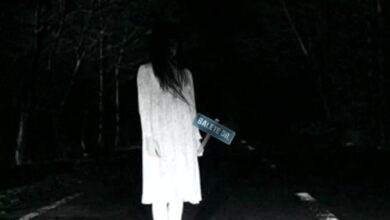
PH Mythical Creatures Origins: The Aswang, Tikbalang, and Other Pinoy Legends
For centuries, the Philippines has told haunting tales of creatures lurking in the night and tricksters roaming the forests. Tracing the PH mythical creatures’ origins—from the dreaded Aswang to the cunning Tikbalang—reveals how ancient fears and local beliefs shaped Filipino culture. Even in today’s modern world, these stories endure through folklore, films, and the whispered warnings of our elders.
The Aswang: Shape-Shifting Terror of the Visayas
The Aswang is one of the most feared beings in Filipino folklore. Said to appear as a human by day and transform into a winged creature by night, the Aswang preys on the vulnerable, especially pregnant women. Historians believe this legend may have stemmed from early accounts surrounding mythical creatures origins, particularly in pre-colonial tales about witches or midwives misunderstood for their healing practices.
The Tikbalang: Guardian Trickster of the Mountains
Half-man, half-horse, the Tikbalang is known for confusing travelers and leading them astray. According to folklore, they dwell in misty mountains or dense forests. Some say that offering respect, such as asking permission before passing, can keep you safe. Many believe the story of the Tikbalang may have evolved from early depictions of centaur-like figures brought by Spanish colonizers. This evolution highlights how mythical creatures and their origins were shaped by cultural exchanges.
The Kapre and the White Lady: Spirits of the Modern Age
The Kapre, a giant who smokes cigars while perched on a tree branch, is said to watch over humans rather than harm them. Meanwhile, the White Lady haunts old roads and school hallways, symbolizing unhealed trauma or injustice. These legends became popular during the American period, blending local myths with ghost stories brought by Western culture.
Philippine Mythical Creatures Origins: From Fear to Pop Culture
Today, tales of Philippine mythical creatures origins are far from forgotten: they’re thriving. The Aswang and Tikbalang now appear in TV shows, comics, and even video games. Creators like Trese and Dayo: Sa Mundo ng Elementalia have reimagined these monsters as symbols of cultural pride. What once frightened us now fascinates us, showing how folklore adapts with time.
Still Believing in the Unseen
Whether real or myth, these stories continue to connect Filipinos to their past. Every retelling—whether around a campfire or on Netflix — keeps our folklore alive, reminding us that myths are more than just tales; they’re reflections of who we are and what we fear. Thus, the mythical creatures, through their origins, persistently influence cultural identity.



